 I learned about FIRE (Financially Independence Retire Early) in the latter part of 2017.
I learned about FIRE (Financially Independence Retire Early) in the latter part of 2017.
Well, I guess that’s only half true. I had heard about the “retire early” portion of it every year when Corey would try to engage me in a conversation about our savings rate. During those discussions, I wasn’t motivated by early retirement because I thought it meant retiring in our early 50s instead of 60s.
So, I should rephrase. I learned about Financial Independence being a potential reality in the next 10 years of my life in the latter part of 2017.
As you may have read in our other posts, my first introduction to Financial Independence was when Corey asked me to read “Your Money or Your Life” by Vicki Robin. When I read this, something clicked for me, and I finally understood the mechanics.
I had never really thought about retirement mechanics before. I had always just assumed that you work hard for many years, you make money, you save as much as you can, and someday you can retire and maybe leave a legacy. To me, life was about working. I didn’t know anything else was possible.
Once I read Vicki Robin’s book, I went down the FI rabbit hole. I started listening to various podcasts and reading blogs. I read. I listened. And I read and listened some more.
So much of the content was about the mechanics. After all of the reading and listening, I felt like I knew FI backward and forward. Most articles seemed to revolve around these 3 key messages:
- You need 25x your annual expenses to be considered financially independent.
- Increase your savings rate by increasing your income and living well below your means
- Invest what you save so that you can benefit from market appreciation and compound interest.
These were all such neat ideas…
And it was all such simple advice.
I knew exactly what I needed to do to pursue FI.
However, I didn’t get started on my own journey to FI until July of 2018.
What took me so long? Why did it take 6-8 months to go from understanding FI to deciding to pursue it?
To answer this question, we first need to discuss the nature of motivation and change.
A Helpful Framework to Understand Motivation and Change
Because I work in human resources and organizational development, I know a lot about change management. Not only have I studied it and applied it to my own organizational change efforts, but I’ve also trained others to do so.
The same principles of motivating change apply to our individual lives as well.
My favorite framework about motivating change is the Switch Framework from Chip and Dan Health’s Book “Switch: How to Change Things When Change is Hard.”
In this book, they use a very helpful analogy of an elephant, a rider, and a path to help us understand what is required for behavioral change.
In this analogy, the elephant is our emotional mind while the rider is our rational mind. Our rational mind may “know” what to do to reach our goal, but it’s our emotional mind that inspires us to take the action.
To illustrate the concept, let me share a personal and somewhat funny story. Several years ago, I decided that I wanted to lose weight after getting off of a medication that had caused significant weight gain.
I had already lost about half of the weight through healthy eating and increased exercise, but I was getting tired and complacent.
I knew the mechanics of what I needed to do if I wanted to continue losing weight. However, my emotional mind (the elephant) would make a lot of excuses about why I was too tired, didn’t have time to exercise, or why I deserved to eat this cupcake.
Around that time, I went to a conference and saw someone who I studied abroad with in college. We hadn’t kept in touch beyond the occasional Facebook post. We were chatting for a few minutes, and then she asked me, “Did I see on Facebook that you are pregnant?”
Now, this question really pushed my elephant into gear. Did I look pregnant? While I’m sure it was an innocent question (another white female we studied abroad with had just announced she was pregnant and wasn’t yet showing), this single question motivated my “elephant” to get back into my regular workout and healthy eating routine.
While this short conversation sparked a renewed momentary motivation, I am a firm believer that motivation is sustained longer when we pursue something that we want (rather than avoiding something we don’t want).
Around the same time, I also started working with a Life Coach on work-life balance and a goal I had to increase my energy levels. Through that process, I realized that when I eat healthily and exercise, I have a lot more energy.
It was this combination of both the push and the pull – the long-term desire to have more energy that sustained me to my goal.
I was able to lose all of the weight gained on the medication. Within the last 2 years since losing it, I have been able to keep it off. I used the same principles in the Switch Framework.
- Directing the Rider: I know what I need to do to keep the weight off. I eat (relatively) healthy, exercise (somewhat) often, limit my alcoholic beverages to the weekends (most of the time), and (try to) get enough sleep.
- Motivating the Elephant: With these lifestyle shifts, I now feel healthier and have more energy. I am very motivated to stay this way. (The motivation from someone thinking I might be pregnant, when I wasn’t, wore off pretty quickly)
- Shape the path: This step is about building habits and removing obstacles that make the path harder. I built habits such as going to bed early, meal planning healthy meals, stopped eating gluten (it made me feel icky, so it wasn’t hard to stop), packing my swimming bag the night before, etc. All of these things made the path easier to sustain.
Applying this Framework to the Pursuit of FI (or any Financial Goal)
Let me ask the question again. What took me so long to pursue FI?
Let’s dive into two parts of this framework together – directing the rider and motivating the elephant – to understand the answer. Shaping the Path is such a valuable concept that I’ll likely devote a full post to this later.
Directing the Rider
When you direct the rider (your rational mind), you do this by providing specific “facts,” like what does success look like, what steps to take, etc.
When directly the rider, it’s essential to:
- Know the destination you are trying to achieve: For FI, we know that this is about 25x your annual expenses, which means that you can have a safe withdrawal rate of about 4%/year without depleting your assets.
- Understand the steps to take: Increasing your savings rate (by increasing your income, reducing your expenses, and thus growing the gap) and then investing this in wealth accumulation vehicles where you can take advantage of compound interest and market appreciation. Understanding the steps is always the most powerful when you have clear examples to follow, which is why reading or listening to stories of others on the same path is motivating and helpful.
Most of what I read about Financial Independence early on would fall into the category of things that would “direct the rider.”
Therefore, my “rider” knew precisely what it needed to do to pursue FI. Unfortunately, that wasn’t enough for me to get on board yet.
Motivating the Elephant
While I knew exactly what I needed to do, my “elephant” wasn’t motivated to take action.
If you have made any significant lifestyle change, financial or not, think back to what motivated you. It probably wasn’t an understanding of the mechanics. It was probably one of these two things that motivate change:
- Something happened that made you realize you needed to change
- There was something you really wanted
In business, people will often say, “Create a Burning Platform.” I believe this statement originally came from an analogy about a burning oil rig platform (scary…). The idea is that you need to communicate a vision that is so urgent, important, and maybe also scary, that people are spurred to action.
While fear or the desire to be out of your current situation can spark motivation, I don’t believe that this type of motivation can be sustained for long periods of time. Sometimes wanting to get out of your current situation is the initial motivator for change, but long-term change is often motivated by pursuing something that you want.
We may need both push and the pull factors.
I had many push factors that could have motivated me to pursue FI.
I did not enjoy my job. I worked on average 50 hour weeks and had a 45-minute commute each way. I worked in an unhealthy work environment. My boss would often micro-manage and undermine my work. I wanted to leave, but I wasn’t searching very hard for a new job.
All of these were push factors, but I wasn’t motivated to change. Why? Because I didn’t have a vision for what I wanted more than my current life.
Understanding my pull factors were critical to “motivate my elephant” to get on the FI journey.
I spent a good 6 months considering what I was genuinely passionate about and what I would do if I didn’t need to work for money. This was hard for me, and it took a long time for me to work through my underlying beliefs to finally embrace that a life of freedom and purpose is possible.
I was able to discover my pull factors (which I must say sound like a pretty fantastic life):
- Location Independence so I can travel
- Creative outlets like photography and writing
- Teaching, training, and coaching people
- Spending time and money on causes I believe in
- Living a healthy life with strong relationships
It wasn’t until I understood and internalized my “pull” factors that I was able to envision what life could look like when pursuing and after achieving FI. This is ultimately what motivated me to pursue FI.
I needed to understand my vision for the future to be able to commit to the lifestyle change.
That’s what took me so long.
Applying this Framework to your own Life
Maybe you’ve heard about FI and you know the mechanics, but you haven’t yet decided to take the plunge. Maybe you want to, but you don’t feel motivated. According to this framework for change, that means that your “rider” is probably already on board with the idea, but your “elephant” isn’t.
It can be hard to find motivation if you don’t have a “burning platform” in your life or a vision for your desired future.
Tony Robbins says, “Change happens when the pain of staying the same is greater than the pain of change.”
While I believe this CAN be true, I don’t believe that it has to be. You don’t have to wait until your life is too painful to not change. In fact, I believe that with this framework, we can learn how to “motivate our elephants” before we are in a crisis.
So here’s my attempt to reframe: We can make change happen when our vision for a different and better future is more exciting than our desire to be lazy and complacent.

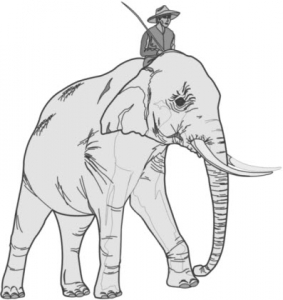

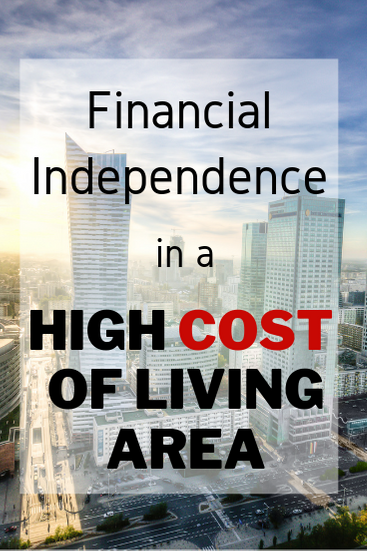
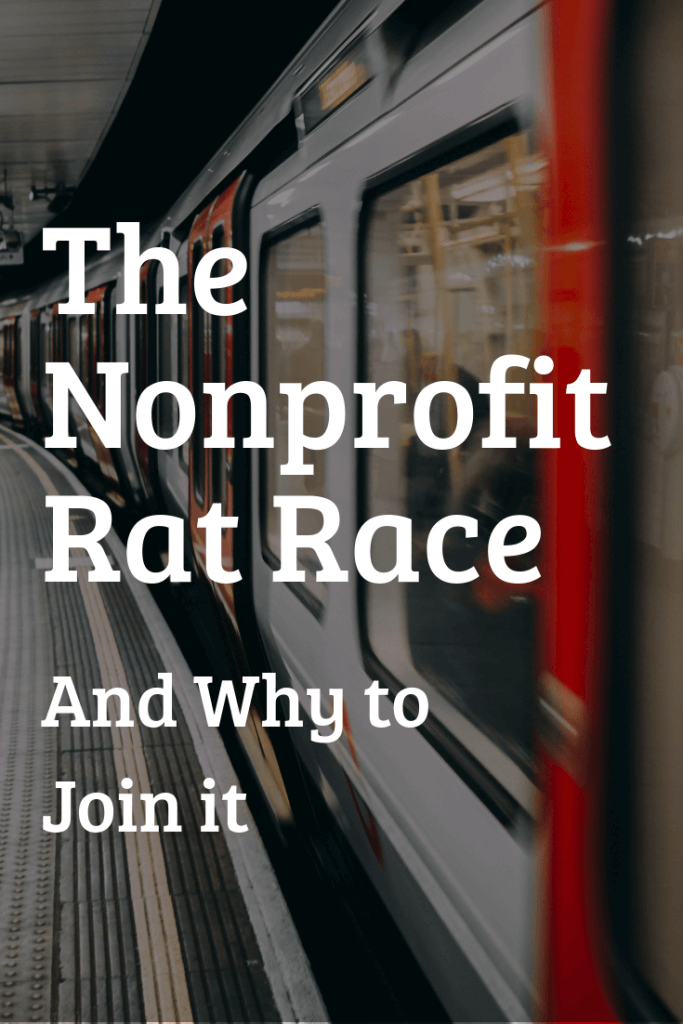

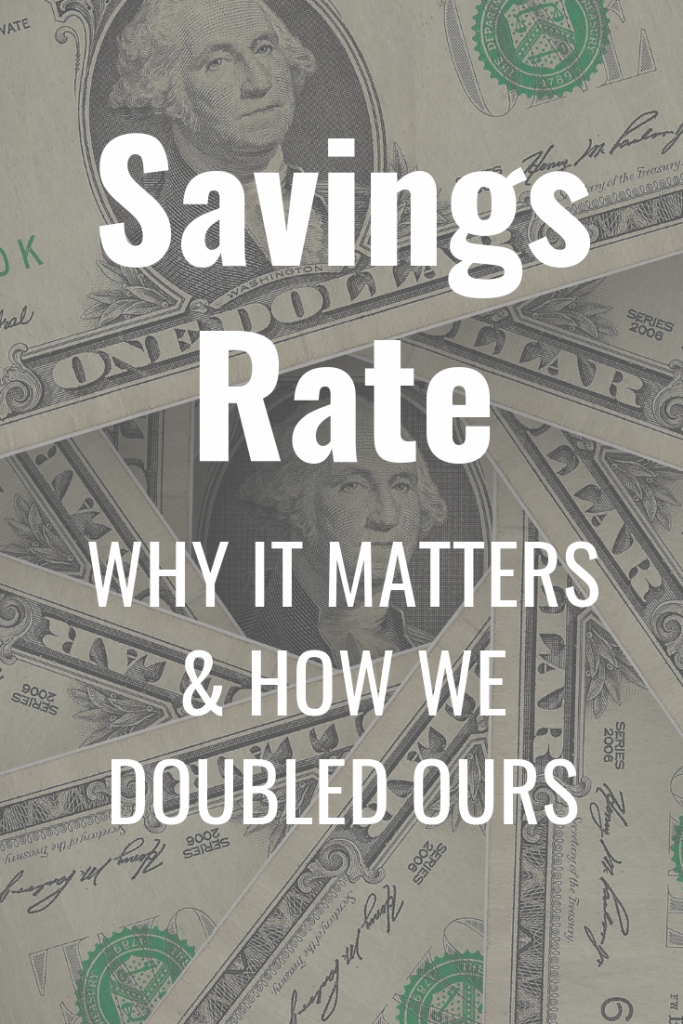
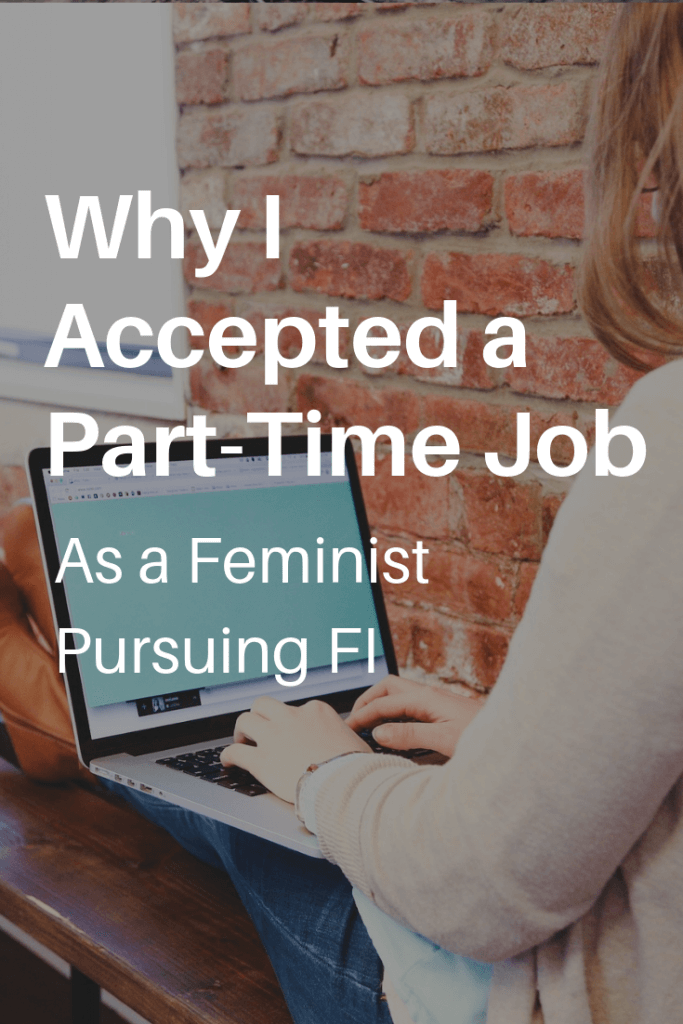
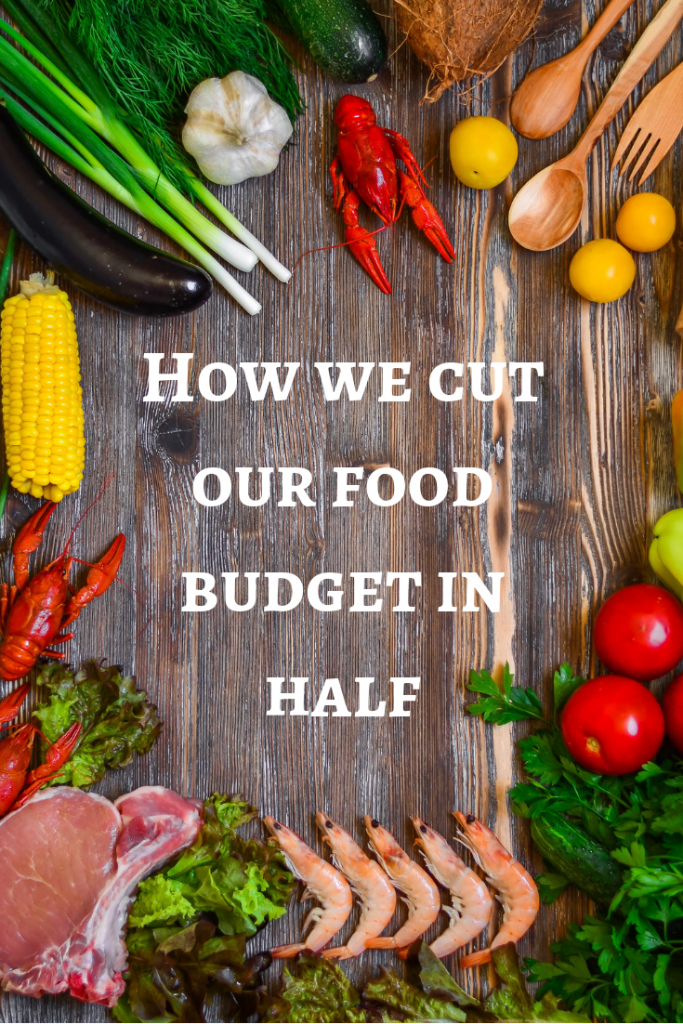


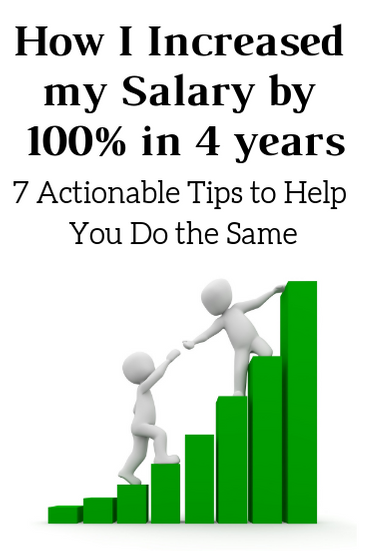
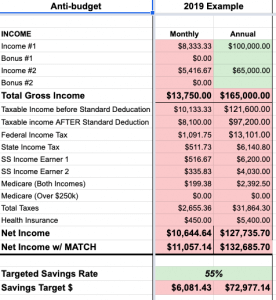

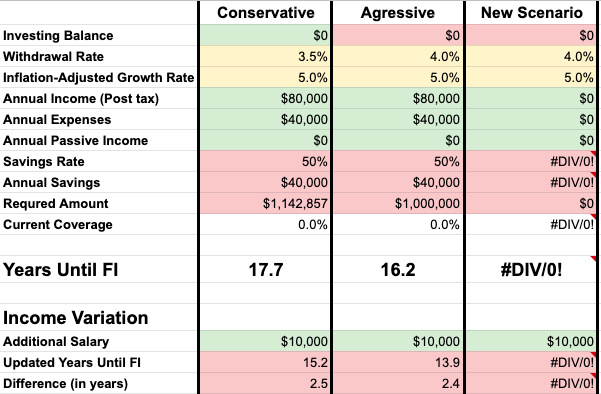
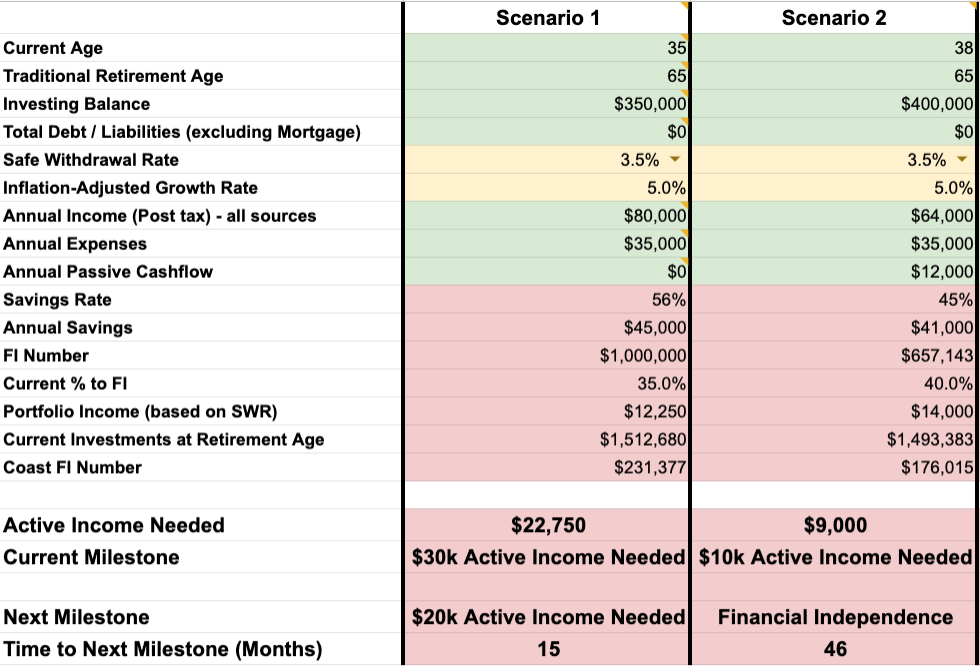
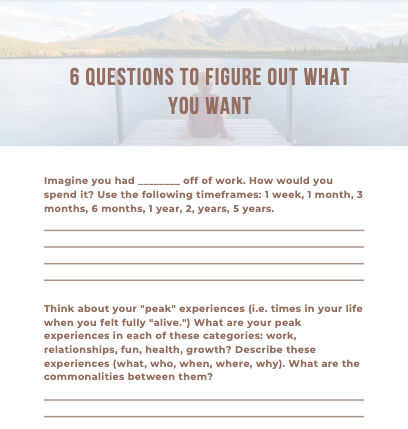

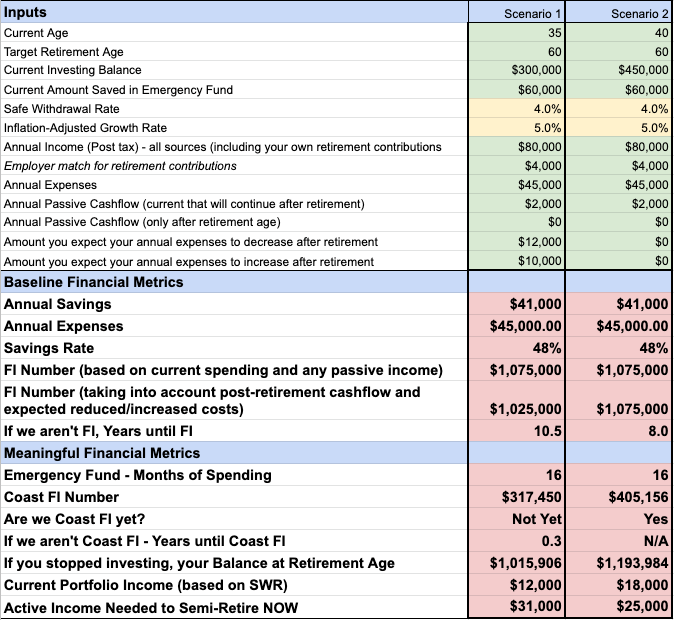
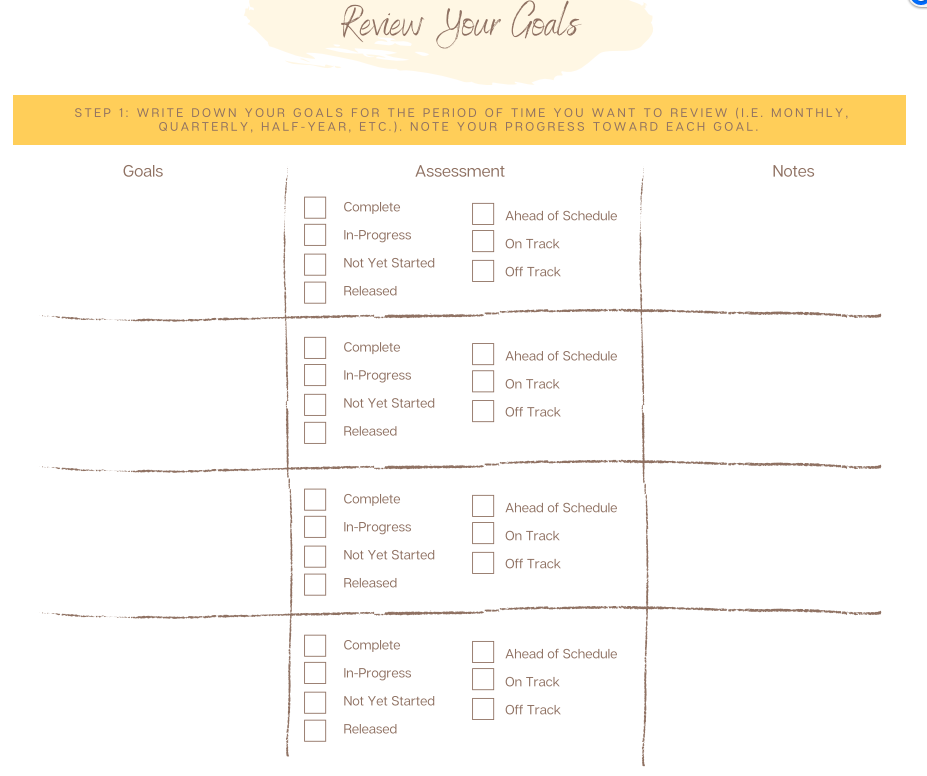
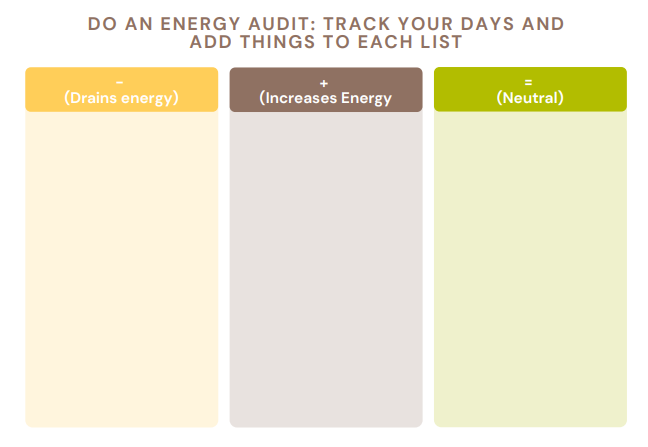
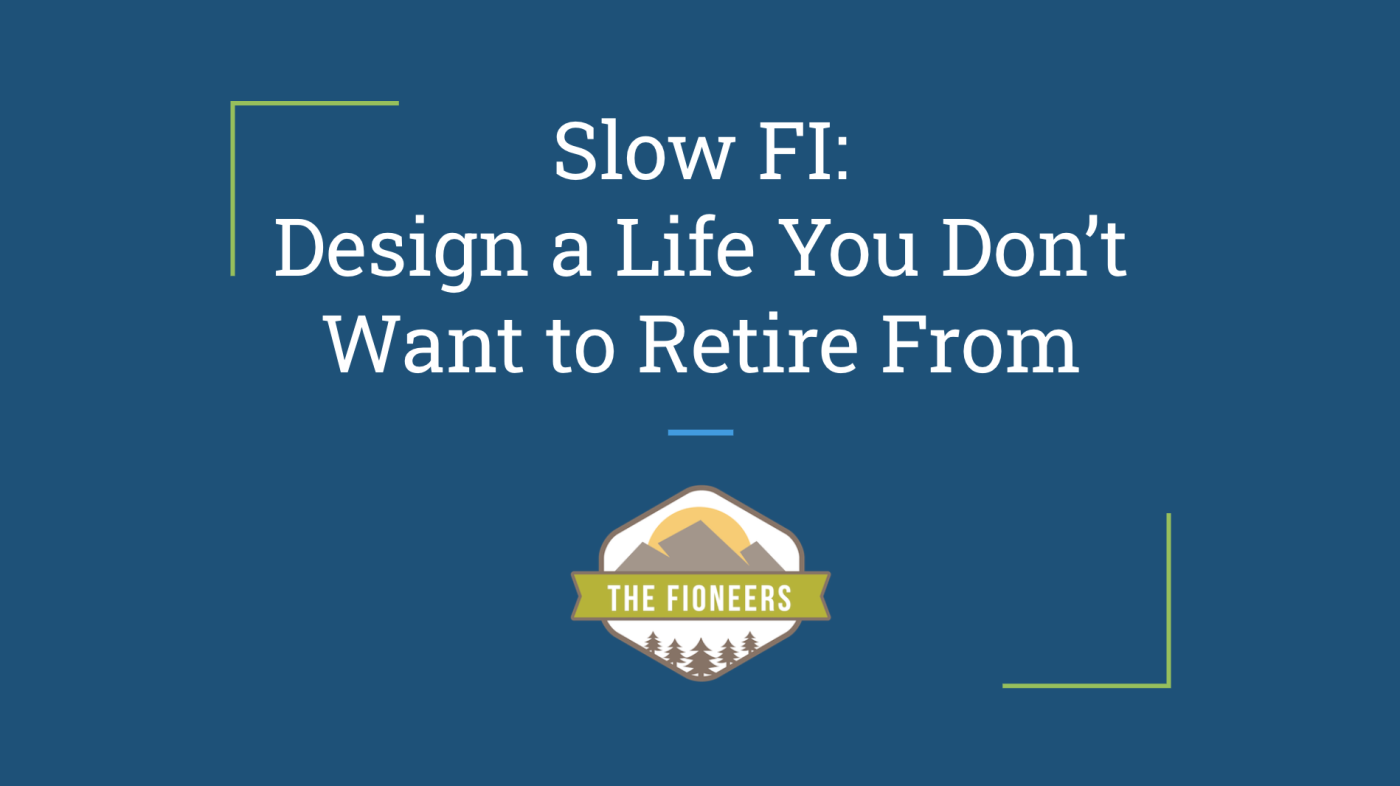
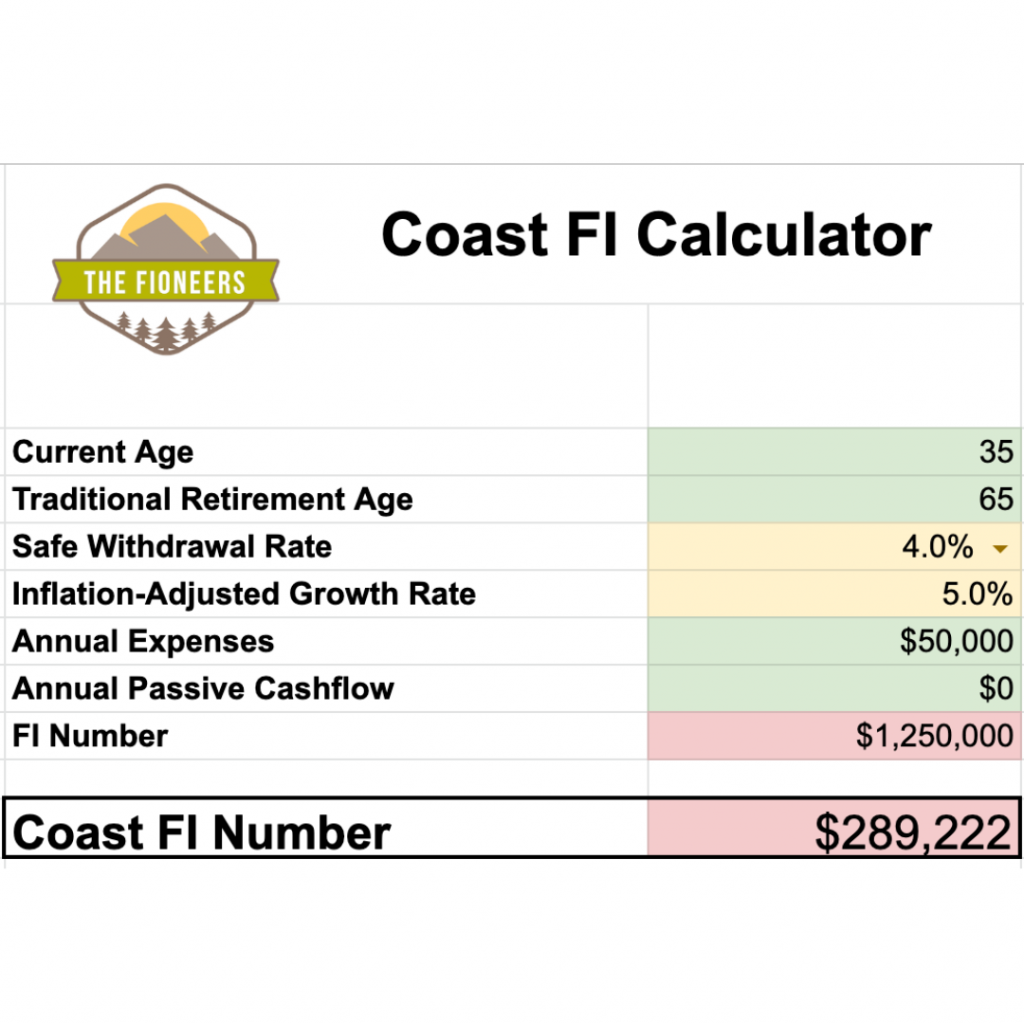



I’ve never heard the elephant and rider analogy but you illustrated it very well. I think laying it out is a very clear “why of FI.” Imagining positive rather than being motivated by pain feels like a more healthy framework anyway.
Hi Financial Mechanic,
Thank you for the comment. I agree – being motivated by something positive is much more healthy than running away from something negative. While sometimes people might need both in their lives, for a long-term lifestyle shift like FI, running toward something positive is definitely better for me.
Thanks again,
Jessica (aka Mrs. Fioneer)
I’ve not seen the change issue framed in this way before and it makes a lot of sense (we’re going through a change programme at work at the moment and so the challenges ring true).
The thing that I would add to that is the power of habit. In the analogy above part of the problem is that the elephant is used to walking along a particular route and sees no reason to change. On the path to FI it’s those spendy habits (and the infamous daily latte…) that we don’t want to change.
Your solution of finding the pull factors to motivate a change of path works to help change habits as well, but it suggests that there is a need for reinforcement (for a while at least) to stop the elephant straying back onto the old path.
Really interesting stuff though. Thank you!
Hi Caveman,
Thank you so much for this comment! I’m excited to hear that you’ve heard about this framework before.
I completely agree with you around habits. There’s actually another component of the Switch Framework that I didn’t go into at all in this post (that I’m hoping to devote another one to later), focused on “shaping the path.” Yes, you need motivation, but then you also need to take will-power out of the equation as much as possible (because the elephant doesn’t do well with will-power). This is what I think you are saying.
I agree that figuring out our motivation won’t automatically shape the path. That’s a step we must intentionally take, so the change will stick.
Also, interestingly enough, there’s been work done that says that if you want someone else to make a change, sometimes it’s more effective if you shape the path for them, even if they aren’t motivated to do the thing you want. An example from the book is that nurses who were giving patients prescriptions at a hospital were required to wear bright orange “medicine vests.” The nurses hated the vests, but it was a sign to everyone else on the floor that they shouldn’t be interrupted while on medication duty. They found that the floors that used the medicine vests had much fewer mistakes than the nurses on floors that didn’t use the vest. All from one simple thing that shaped the path.
From my understanding, there are two specific ways to shape the path:
1. Remove obstacles from the path by changing something in the environment
2. Creating new habits
Things like automating your savings or bill pay, making coffee at home every day, meal planning, etc. are all examples of ways to shape the path.
Thanks again for your thoughts,
Jessica (aka Mrs. Fioneer)
Love this!
I know that so often if i hit a point of stagnation, it’s because I’ve gotten so deep within tasks that i’ve forgotten why those tasks are important in the first place. It’s so cliche but it’s so true: if you don’t have a strong WHY for something, you won’t have much of a chance of overcoming the roadblocks to come!
It’s good to be on the journey with somebody 🙂
Hi D,
I absolutely agree; if we don’t continually remember why we are doing something, it is very hard to stay motivated. I don’t think it’s cliche at all.
And, it is great to be on the journey with others.
Thanks,
Jessica (aka Mrs. Fioneer)
Hi Jessica,
Thanks for sharing this older article with me! (I’ve been meaning to work my way through your archives, but haven’t had the chance yet.)
The elephant, rider and path is such a beautiful, nuanced way to explain where the whys, hows, and motivations for FI come into play.
You have a gift for explaining things in a unique and interesting way! Thanks again for sharing
Hi Chrissy,
Thank you so much for your comment. I loved your post about motivation as well. I really appreciate the feedback.
Best,
Jessica
You really portrayed it well. Actually, it’s very hard to maintain anything in a daily manner, at least for me I feel it’s truly hard. I think it because we fail to motivate our inner elephant. Anyways a great article.